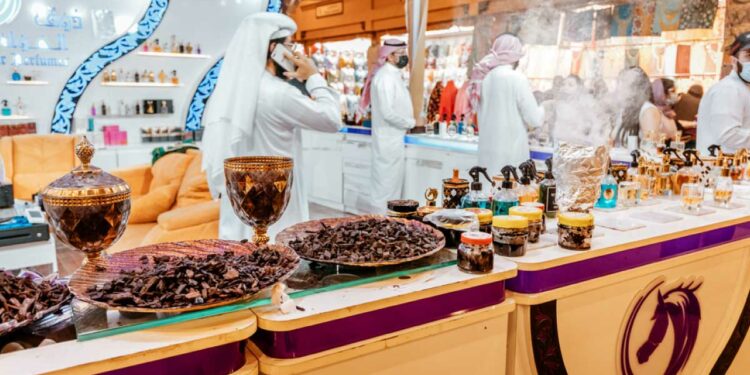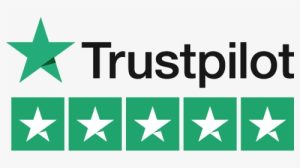A new Allied Market Research report indicated that the Middle East fragrance market size, valued at $2,852.9 million in 2019, is predicted to upscale to a whopping $4,404.1 million by 2027. This magnificent upscale will list a CAGR of 7.4% from 2020 to 2027.
The past couple of years saw a dystopia in the fragrance market industry. Target customers have been seeking brands that are trendier and more upmarket. This has facilitated a greater demand for various perfumes in the Middle East mass-market fragrance business.
The Middle East Fragrance Market
A plethora of premium products has been available in the market in recent years. These products minimize the bridge between the price range of ordinary and luxury variants, for middle-income group consumers. Hence, this booming inflow of premium products can be credited to the growth of the Middle East fragrance market.
In a generic sense, end-users always gauge for highly qualitative products irrespective of their skyrocketing prices. The fragrance industry’s premiumization has contributed to its growth in the market in a similar fashion. An increase in demand for premium brand perfumes has been the foundation for this kind of magnanimous surge in market value.
Ecommerce also takes major credit for this surge in market value. The inculcation of various online channels in the Middle East has envisaged a rise in the number of offers and discounts. This has increased an online base for consumer reach and consumption. The revenue generated by the eCommerce portals is expected to go sky-high soon owing to rapid growth in online user customer bases in established and emerging markets.
Peaking e-commerce sales, enhancements in logistic services, diverse payment options, and the capacity to enter novel international markets for luxury brands further uplift the advancement of the Middle East fragrance market.
Social media influencers and bloggers are producing new expansion avenues for the market. Furthermore, increasing advertisements on social media sites like Facebook, Instagram, Twitter, and YouTube has helped improve product knowledge among the masses. This has not only increased traction for the Middle East fragrance producers but also increased the awareness regarding perfume products across generations of end consumers. Influencer reviews and tutorials have only contributed as a bonus for the Middle East fragrance industry in terms of advertisement and revenue growth.


















